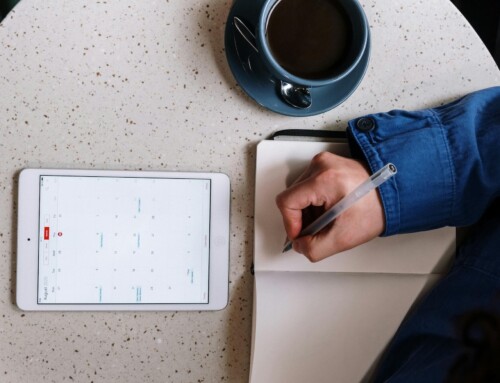Our sharp lurch towards tech-dependent work practices in 2020 wasn’t a detour in a new direction. Rather, it was an acceleration on a course that we have been charting for decades. This sustained evolution of digital workplace tools and culture necessitates a rethink of what productivity is and the metrics we use to gauge it.
Defining Productivity
Productivity used to be a simple equation: tangible returns compared to the time, energy, and resources invested. Today, we have to consider other variables as well.
Perhaps the most relatable example is how the number of hours spent at a desk is no longer perceived to be an accurate indicator of an employee’s value. With the elevation of remote work to the norm, mere physical presence has been relegated to distant runner-up place.
Both workers and managers realize that the ability to manage time and perform unsupervised hold superior inherent value. These soft skills impact productivity regardless of the work setting. As an employer, use the experience of the past year to decide which specific skills and traits make for the most productive teams.
Introduce this new concept of evaluation to the people who will be evaluated by them.
Adapting to Culture
The definition of workers’ attitudes to work by their generation can be an accurate predictor of how they perform under different work scenarios. Some Baby Boomers may have been traumatized by having to work outside of their familiar work settings; Gen Z-ers would have been ecstatic for the freedom it afforded them.
However, younger generations are also easily distracted by things like social media and become less productive outside an environment of oversight. If you are open to prolonging flexible work arrangements, you will also have to emplace a system that helps these team members manage their productivity independently.
Another important factor is the background of your team members. With increasingly diverse teams being the norm, it would be a viable option to consider how work and productivity are viewed by different cultures; some are thought to be are almost vehemently work-driven while others are known for their laissez-faire attitudes. Gauging both sets of individuals by the same standard productivity metrics will produce lopsided results. Try to instead assess their productivity within a broader context.
Oldies but Goodies
Sure, concepts change. That does not mean that everything that worked in the past no longer does. Here are some time-tested productivity hacks that are always effective.
- Plan – Your workday is nothing without a plan. Allocate blocks of time to tasks and abide by them.
- Systemize – Each day may vary but consistency between different days has immense value. Work, rest and play by regular schedules.
- Start Big – Complete the most daunting task first. Break it down into portions if necessary, but get it done.
- Reward Yourself – Either with a treat or with your favorite hobby but the effort-and-reward is crucial to train your brain to be productive.
A more recently-developed tactic but perhaps most pertinent today is to limit your social media. Turn off notifications when working and allocate specific blocks to scroll and post.
In the end, we all have 24 hours in our day. What matters is how we use it. Please contact me if you would like to discuss more ways to make the most of your time each day.






